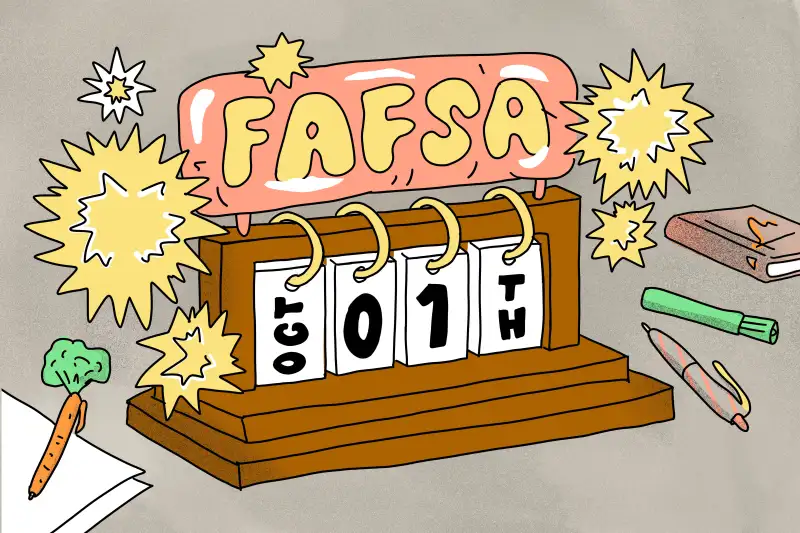The FAFSA Opens Today. What Families Need to Know About Applying for Federal Student Aid

Oct. 1 marks the start of the annual college financial aid application cycle, as families can start filling out the Free Application for Federal Student Aid (FAFSA) for next year.
The FAFSA is the form that the U.S. Department of Education uses to determine your eligibility for federal student loans, grants and work-study funds. Roughly 10 million students a year get some kind of money, including a combined $30 billion in grants, through the form, according to Federal Student Aid, an office within the Education Department.
College students have to fill out the FAFSA every year that they're enrolled to get federal aid, and for students who are considered dependents (that's most undergraduate students under 24 years old), they'll have to submit both their financial information and their parents' information.
This year, you'll be using 2020 tax information to apply for aid for the school year that starts in fall 2022. Most people who filed tax returns can use what's called the IRS Data Retrieval Tool to automatically import tax information into the FAFSA form, which should make the process quicker. (Read Money's guide on how to fill out the FAFSA for a step-by-step breakdown.)
You may have heard about some big changes coming to the FAFSA, including eliminating many of the questions on the form. Those changes are still in the pipeline, so students won't see most of them for a couple more years. This year's form and application process will look much like it has in years past. Here's what to know.

